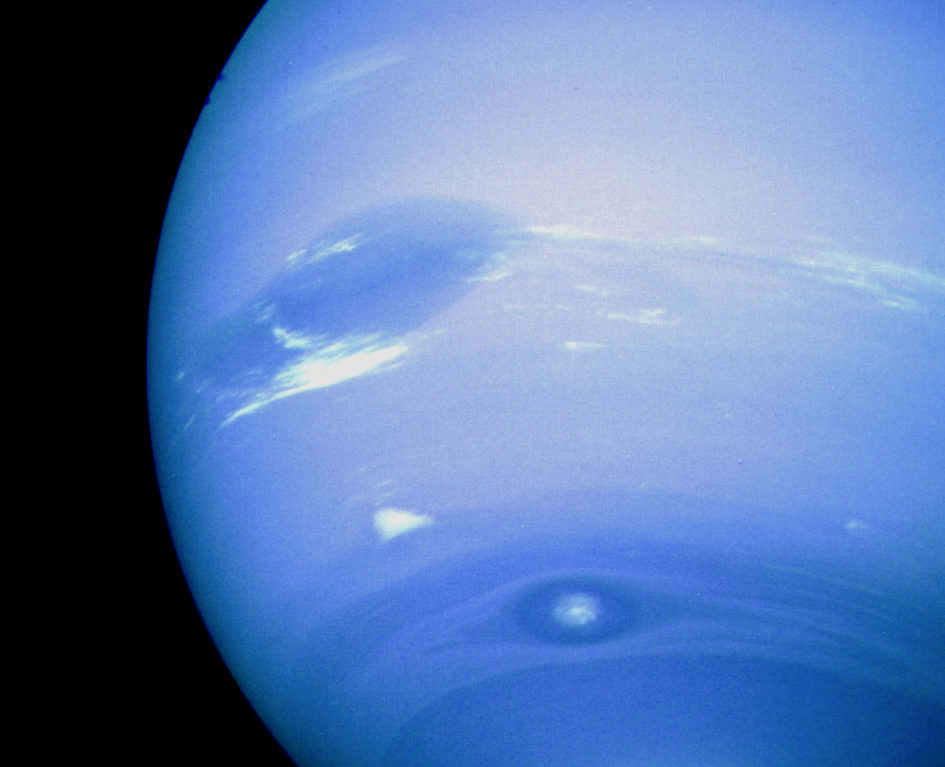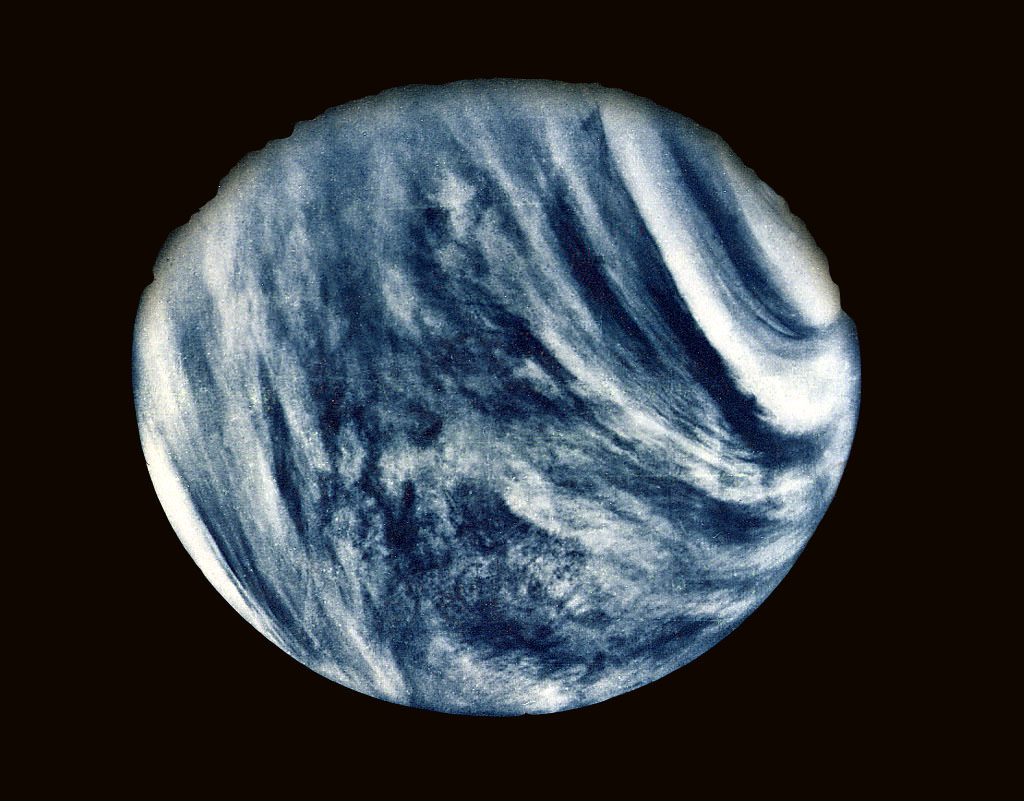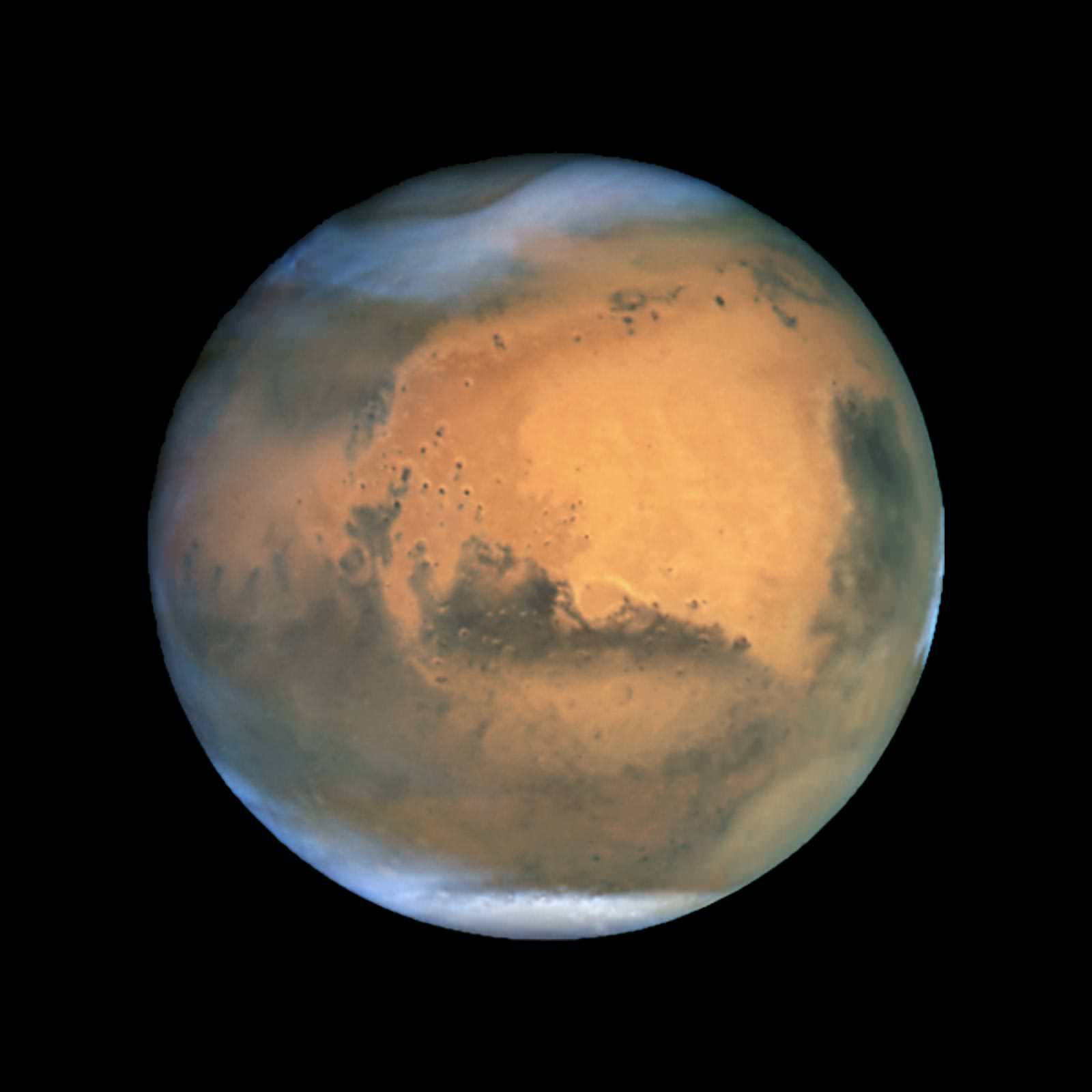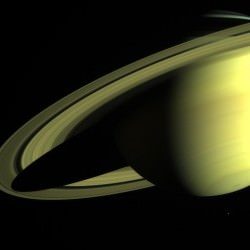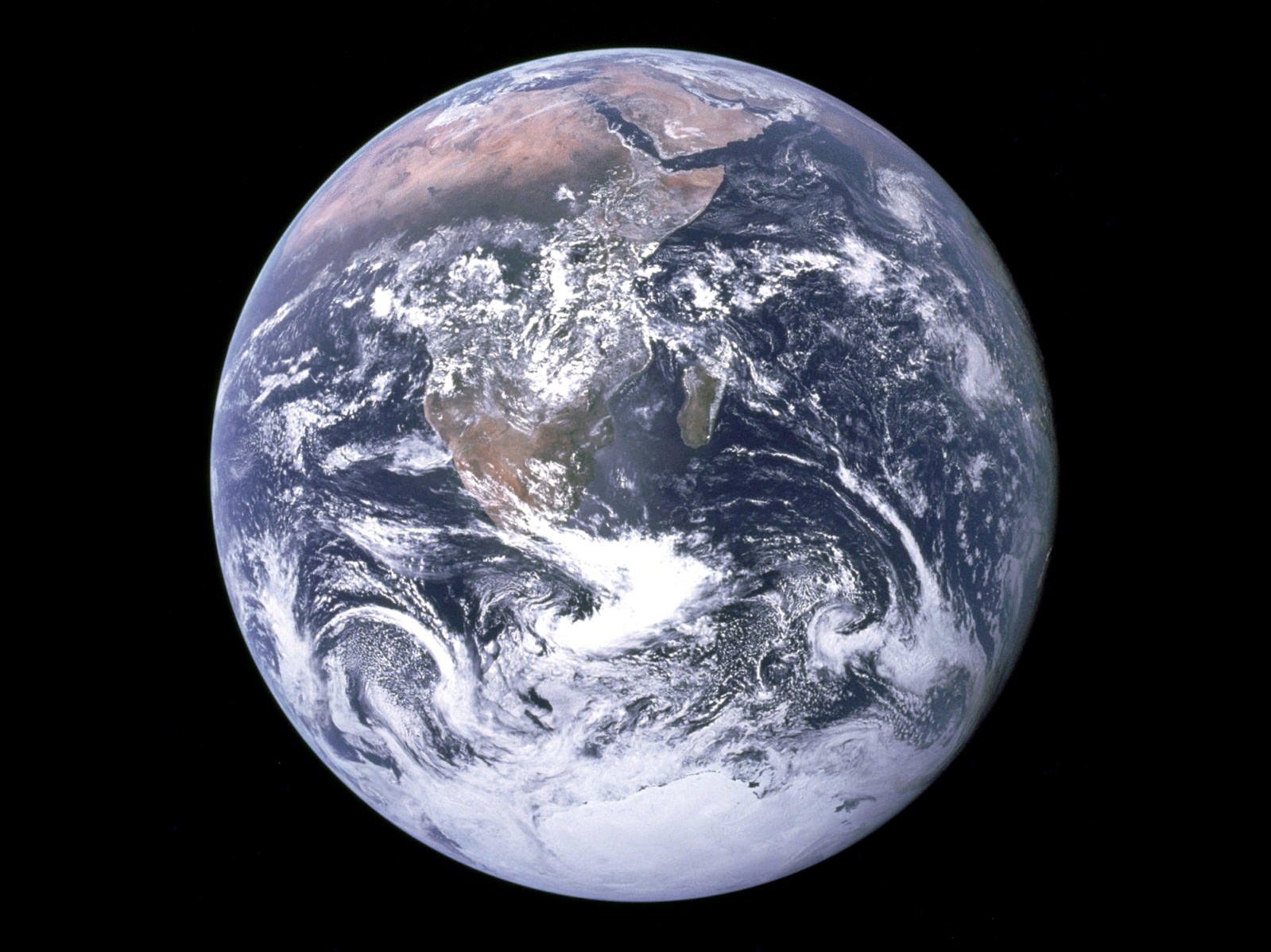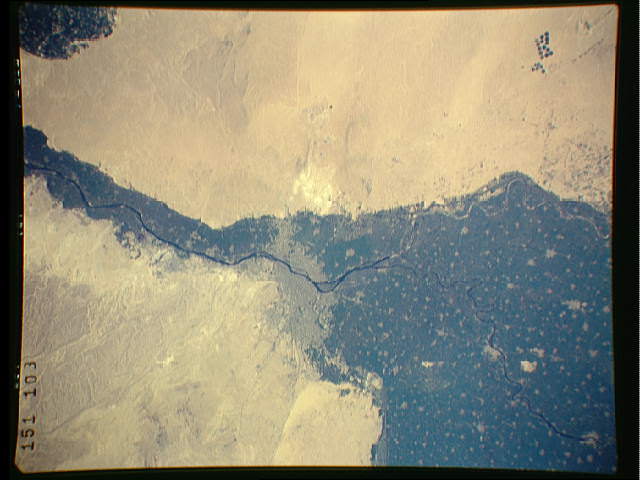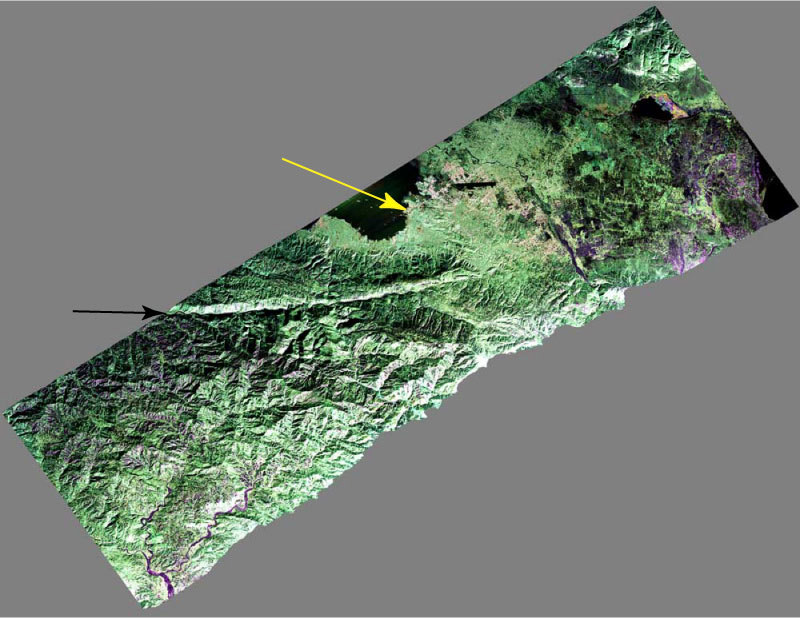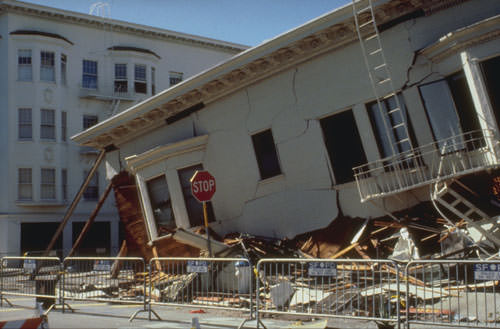How did Neptune get its name? Shortly after its discovery, Neptune was only referred to as “the planet exterior to Uranus” or as “Le Verrier’s planet”. The first suggestion for a name came from Johann Galle, who proposed the name Janus. Another proposal was Oceanus. Urbain Le Verrier, who discovered the planet, claimed the right to name his discovery: Neptune. Soon Neptune became the internationally accepted name.
In roman mythology, Neptune was the god of the sea. The demand for a mythological name seemed to be in keeping with the nomenclature of the other planets, all of which, except for Earth, were named for Greek and Roman mythology. Most languages today use some variant of the name “Neptune” for the planet.
Now that you know how the planet was named, how about some facts about the planet itself. Size wise, the planet has an equatorial radius 24,764 km, a polar radius of 24,341 km, and a surface area of 7.6408×10,sup>9km2. It has a volume of 6.254×1013km3, a mass of 1.0243×1026kg, and a mean density of 1.638 g/cm3.
Its atmosphere is composed primarily of hydrogen and helium along with traces of hydrocarbons and nitrogen. It also contains a high proportion of ices like: water, ammonia, and methane. Astronomers occasionally categorize Neptune as an ice giant. The interior of Neptune is primarily composed of ices and rock. Traces of methane in the outermost regions account for the planet’s blue appearance. Neptune’s atmosphere is notable for its active and visible weather patterns. These weather patterns are driven by the strongest sustained winds of any planet in the Solar System, with recorded wind speeds as high as 2,100 km/h.Because of its great distance from the Sun, Neptune’s outer atmosphere is one of the coldest places in the Solar System, with temperatures at its cloud tops approaching ?218°C. Temperatures at the planet’s center are approximately 5,000°C. Neptune is one of the most interesting planets in our solar system. There are plenty of other articles about the planet here on Universe Today.
We have written many articles about Neptune for Universe Today. Here’s an article about the size of Neptune, and here’s an article about the atmosphere of Neptune.
If you’d like more information on Neptune, take a look at Hubblesite’s News Releases about Neptune, and here’s a link to NASA’s Solar System Exploration Guide to Neptune.
We’ve also recorded an entire episode of Astronomy Cast all about Neptune. Listen here, Episode 63: Neptune.
Source: NASA

